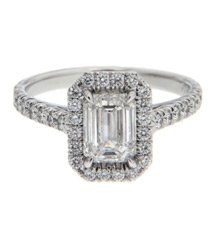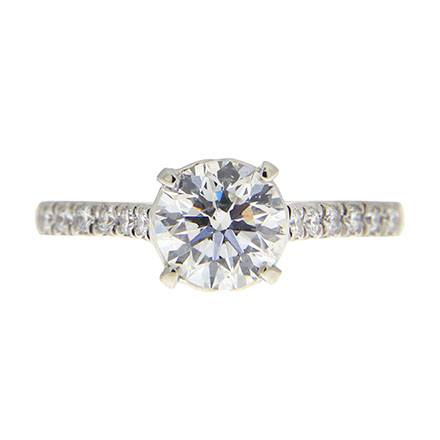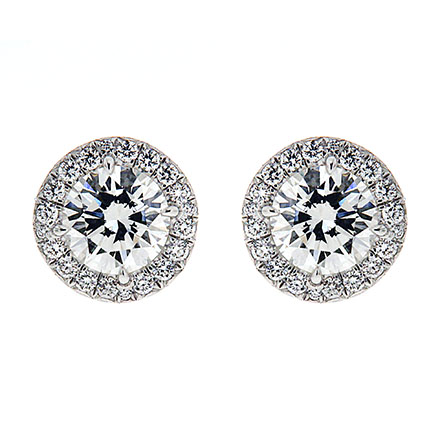Color is the second most important aspect and the first thing that catches the eye in a diamond. It has a deciding role in the clarity and scintillation of a diamond. But most buyers, not knowing that, sees it unimportant. As auxiliary as it seems, color too has a direct bearing on the value of a stone. While the vibrant colors make a diamond rare, pale and vague colors make a diamond look murky and cloudy, thereby undercutting its value by a significant measure. White diamond of higher grade has little to no color in them. Higher up the scale, the diamonds are clearer and totally colorless.
The Grading System
To clear the confusion, GIA has put in place a grading system that sorts diamonds by their colors. This system color grades achromatic diamonds only, and are therefore not used to evaluate colored diamonds. For all intents and purposes, the grading system has made clear grading possible for diamonds of all kinds, but many have found the diamond color grading system puzzling. So, here is a much simpler and digestible version of the grading structure.
The Color Grades
The grading scale starts with D at the top and ends at Z, D being absolutely colorless and Z being noticeably colored. So, starting up top, D is the most colorless variety of diamond. It is also the highest grade and very rare in nature. So, they are understandably pricey.
Next is E which is colorless too, but not absolutely so. Faint traces of color specs are present in the E Grade diamonds but that’s only detectable through high magnification. F too is considered colorless, but with minor presence of color pigments.
From G, the nearly colorless range commences. Up till here, colors are not visible to untrained eyes, but comparison with diamonds from higher grades reveal minor differences. H has slightly more color than the G. I graded diamonds have warm notes of colors that are visible to naked eyes. J stones are slightly more colored than I. The stones that are graded K to Z are visibly colored. They form the lower end of the scale and are therefore priced cheaper than those above.
If you buy a stone above carat size 2, picking from higher up the scale is recommended. For smaller stones, especially those used for accenting, those from K to Z are fairly acceptable.







